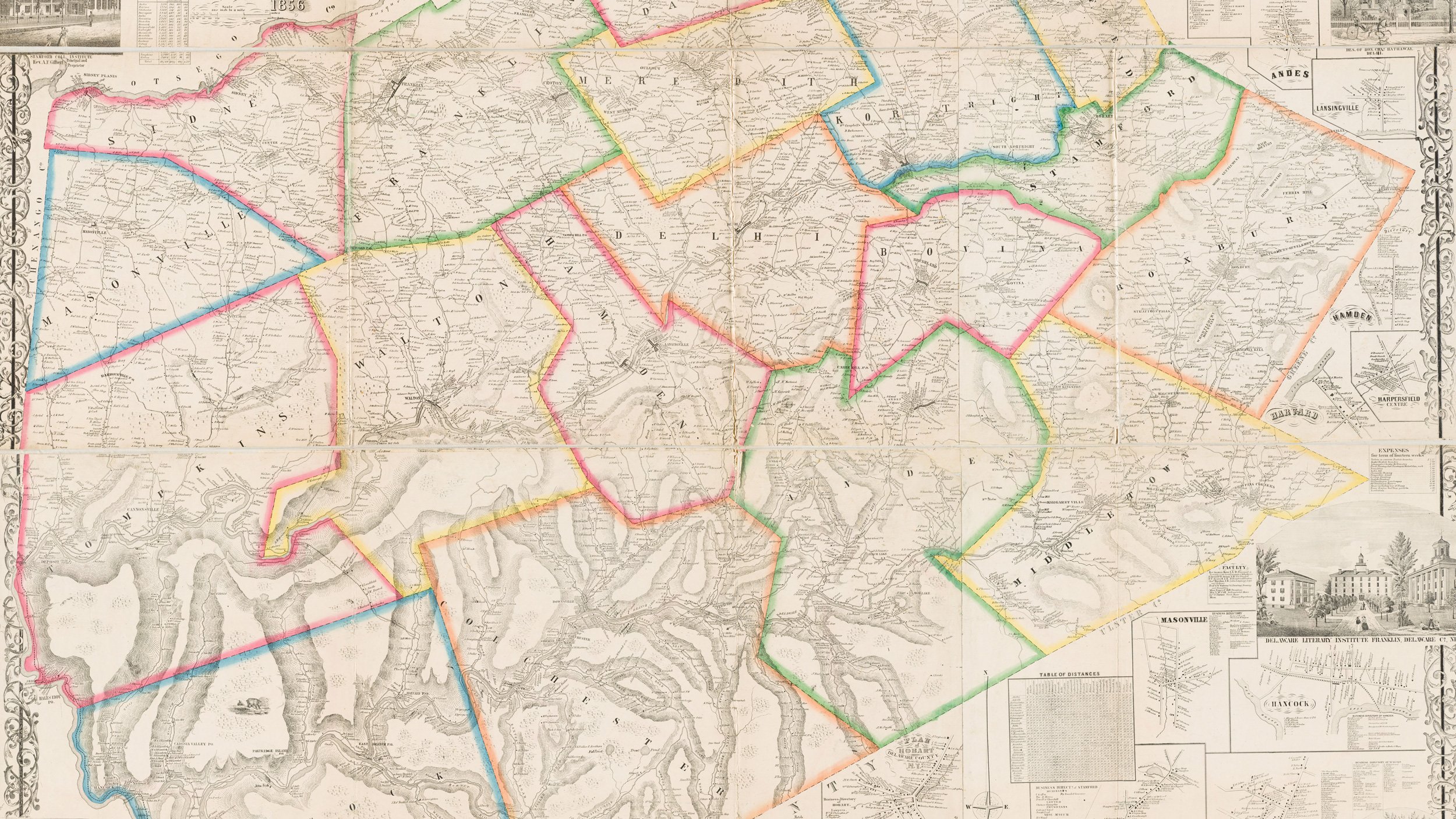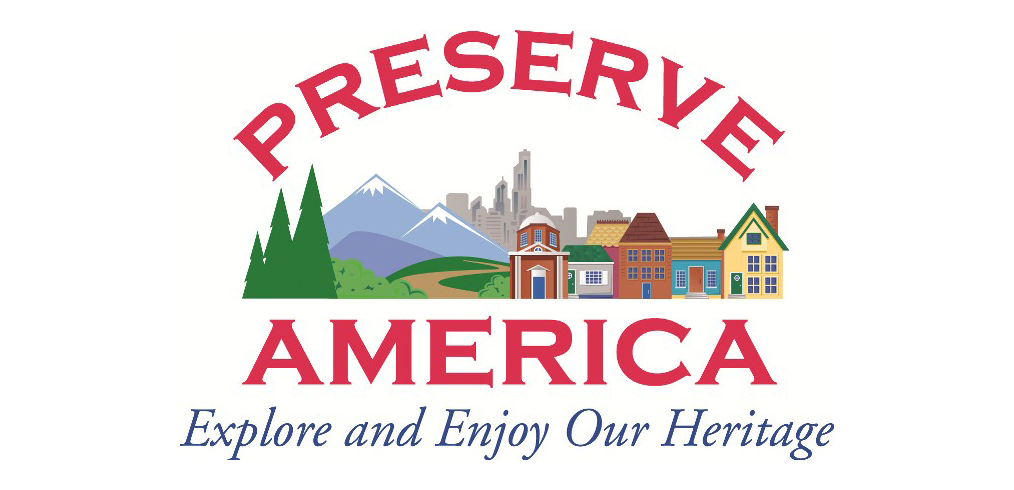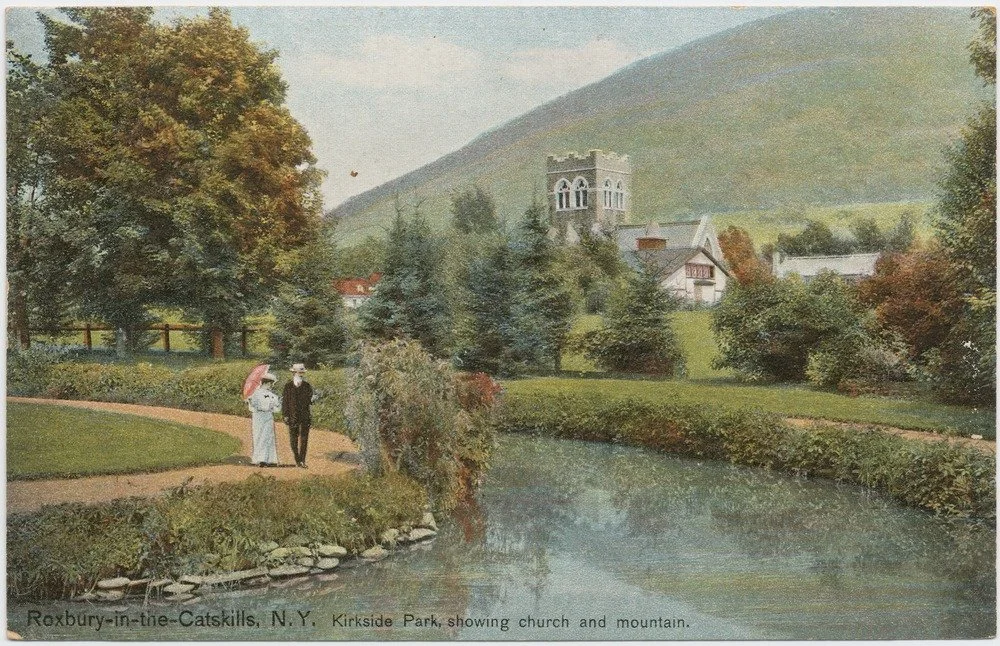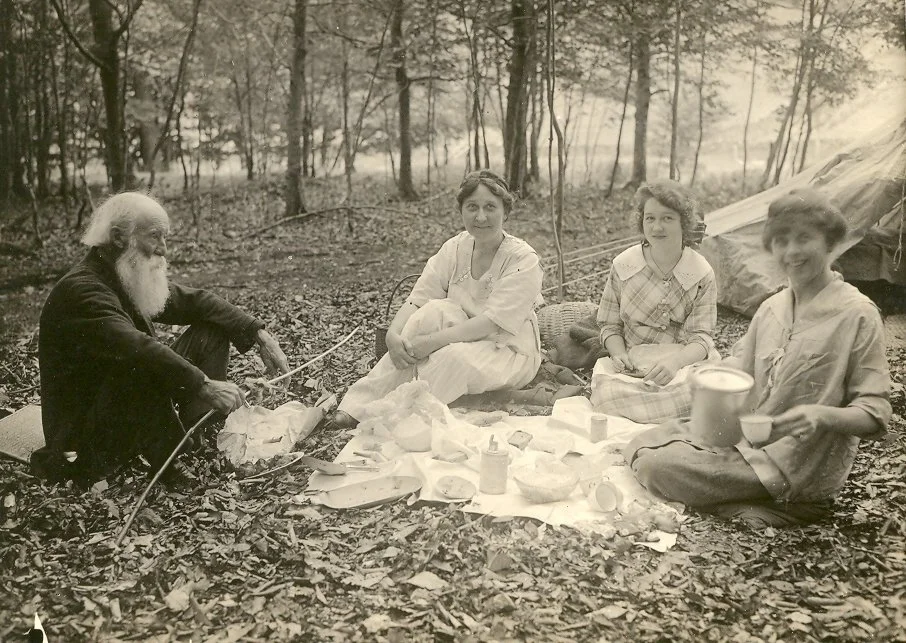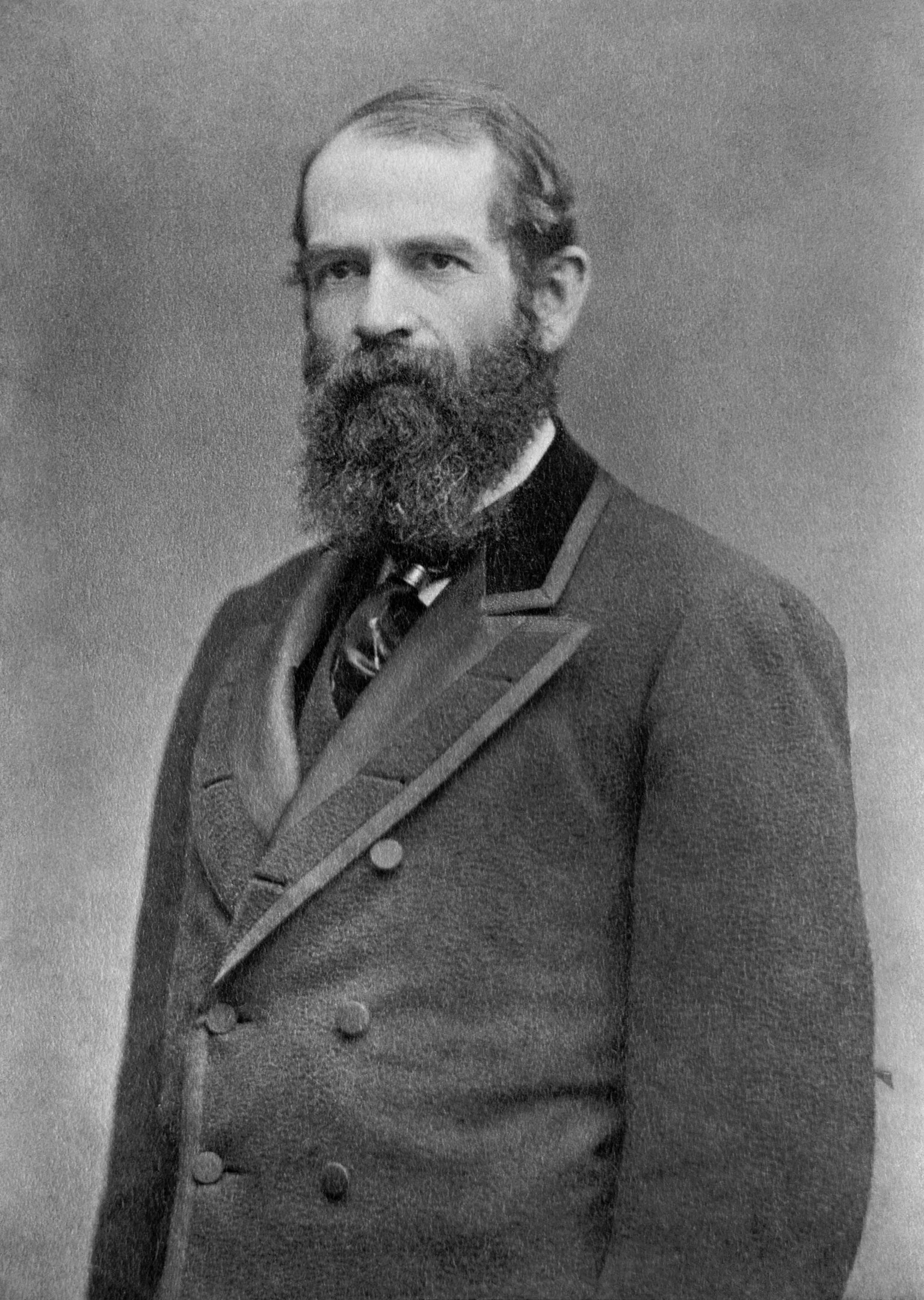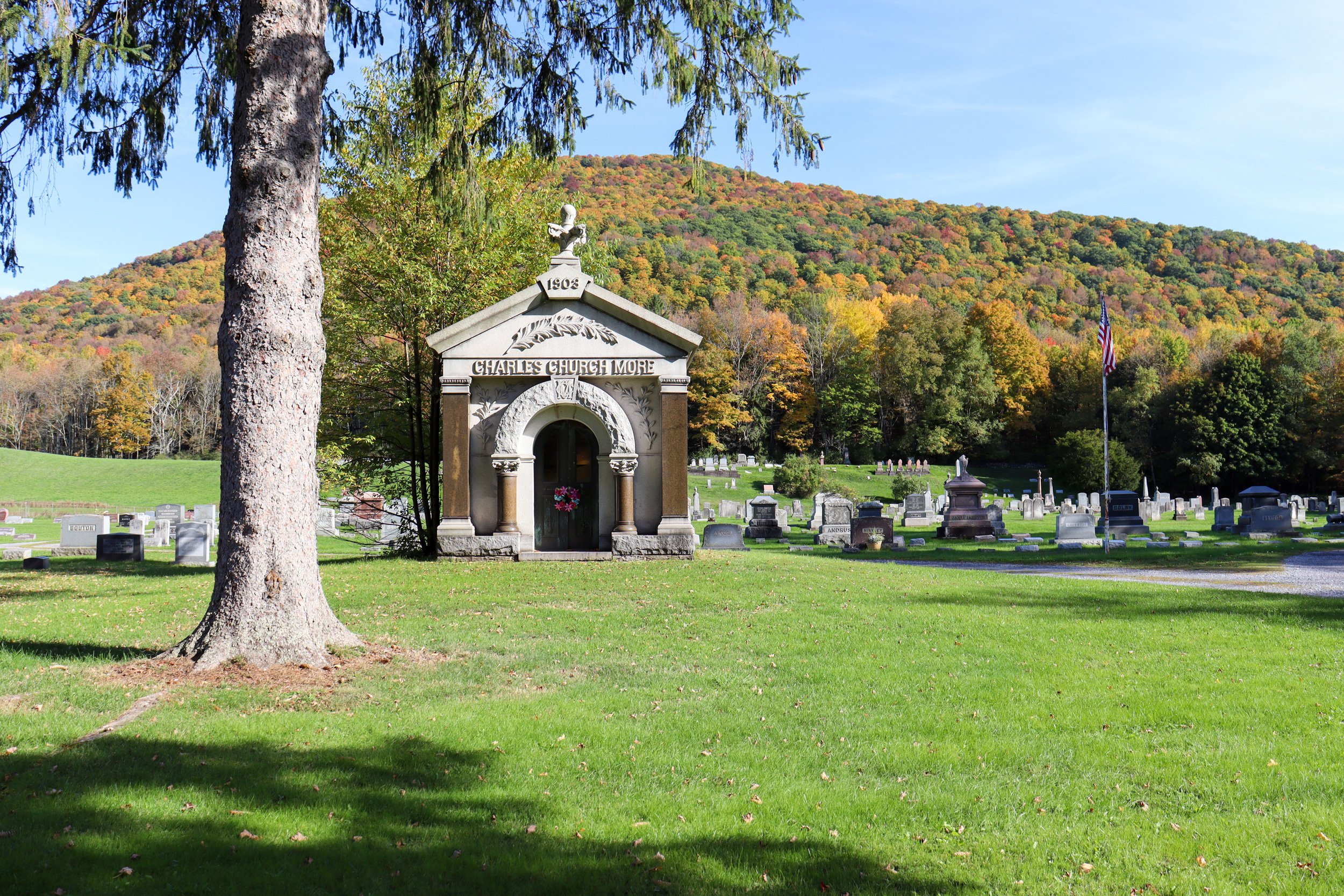
History
With a wealth of historical sites, Roxbury is a “Preserve America Community” designated by the National Park Service, Department of Interior, and Advisory Council on Historic Preservation. Preserve America recognizes and designates communities that protect and celebrate their heritage. Roxbury’s mix of architectural styles include everything from understated structures to Greek Revival buildings to homes of the late Victorian period. Roxbury has hosted “Living History” events throughout the years and continues to strive for historic preservation.

Main Street and Hamlet Historic District
State Route 30
Roxbury’s Main Street was listed on the State and National Registers of Historic Places in 1986 after the state department of transportation threated to widen Main Street in the 1970s and concerned citizens rallied to protect the hamlet’s integrity. Helen Gould Shepard (1868-1938), daughter of railroad magnate Jay Gould, loved Roxbury. Her generosity and careful planning determined the flavor of Main Street and graced the town with many of its cherished properties. The successful listing of the Main Street Historic District led to a hamlet-wide historic designation in 2003.
The original district begins at Roxbury Central School, a Tudor-style structure built in 1939. It continues north passed the majestic Jay Gould Memorial Reformed Church; Kirkside, the former estate of Helen Gould Shepard; and numerous structures representing mid- to late-19th century architecture. The entire hamlet boasts an array of extraordinary buildings.
Printed walking tour brochures are available at the Roxbury Town Hall, Roxbury Library, Roxbury Motel, Roxbury General, and the Roxbury Arts Group. For a guided walking tour of the hamlet please contact Peg Ellsworth at (607) 222-6210 to make arrangements for your group.
First Old School Baptist Church
County Road 36, Denver, New York, 12421
Ten minutes from the hamlet of Roxbury in the Denver-Vega Valley stands a church built in 1856. Its simple lines and balanced proportions are typical of traditional meeting houses favored by rural American Protestants. The restrained yet elegant Greek Revival style reflects the theology of the Old School Baptists who worshiped here. Across the road is the historic OSBC cemetery.
When the congregation dissolved in the early 1980s, the property’s integrity was threatened by disuse. Thankfully, in 1988, the Denver-Vega Preservation Committee began extensive restoration of the building and grounds.
The building is now owned by the Roxbury Arts Group. The church’s outstanding acoustics makes it an exceptional musical performance venue. The OSBC is listed with the U.S. National Register of Historic Places.

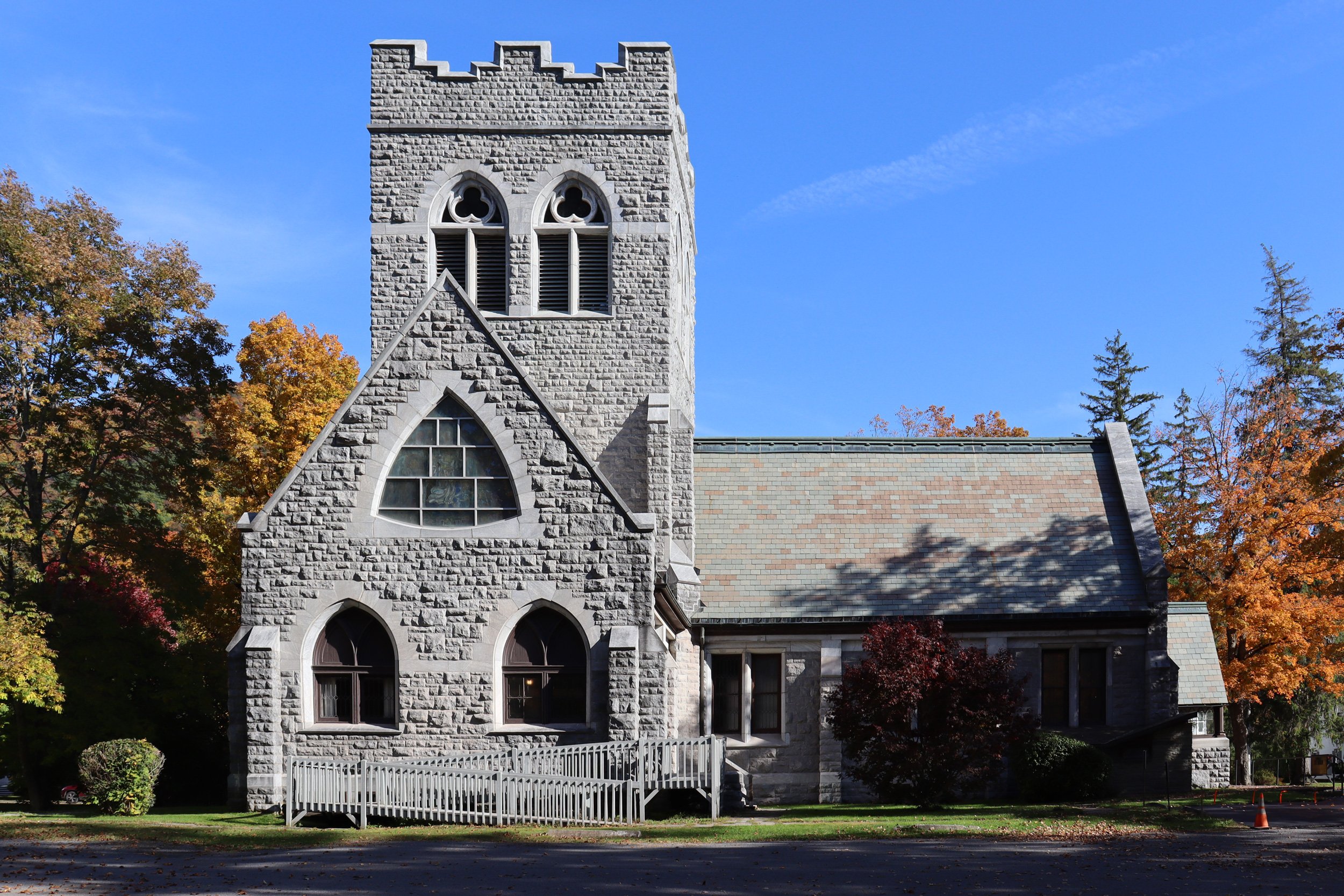
Jay Gould Memorial Reformed Church
53837 County Highway 30 (Main Street)
No expense was spared when the Jay Gould Memorial Reformed Church was built by the children of railroad magnate Jay Gould (1836-1892), a Roxbury native son, who commissioned the Gothic-style church but died before completion. The church was dedicated in 1894. The total cost to build and furnish the structure was $113,000.
The church was designed by Henry Janeway Hardenburgh of New York, who also designed the Plaza Hotel and Dakota Apartments in New York City. Constructed of St. Lawrence marble, the building is of early English Gothic style. Cruciform in shape, the main axis runs north and south, parallel to Main Street. The windows are dedicated to the memories of Jay and Helen Gould. The triptych windows behind the pulpit and the window in the south nave were designed by Tiffany Glass and Decorating Company of New York. The windows over the organ pipes and the chapel were designed by Maitland Armstrong.
A Ferrand and Votey Roosevelt pipe organ with an elaborately carved oak case was installed. Originally powered by a water motor to work the bellows, it became all electric in 1929. The immense bell was cast in 1894 by the Clinton H. Meneeley Bell Company of Troy.
Over the course of the 20th and 21st Centuries, several major improvements have been undertaken. Today, the Gould Church remains a focal point of our community. The building is listed on the State and National Registers of Historic Places.
Kirkside Park
Just behind the Jay Gould Memorial Church on Roxbury’s Main Street lies a stretch of green space gracing both sides of the East branch of the Delaware River. Known as Kirkside Park, this 14-acre treasure is rich in natural beauty and history which Roxbury proudly enjoys today. See our page on Kirkside Park to learn more about the park’s unique history.
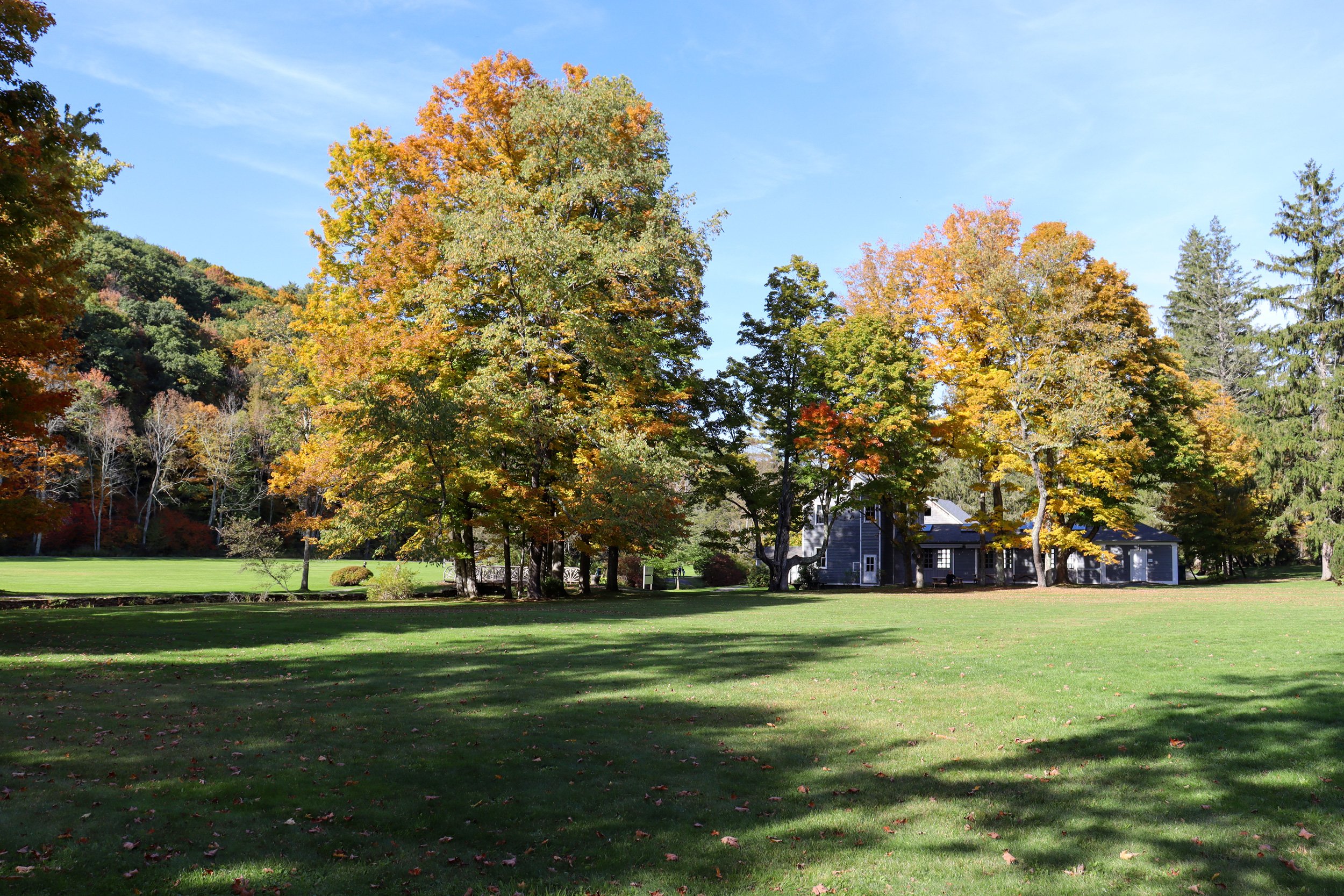
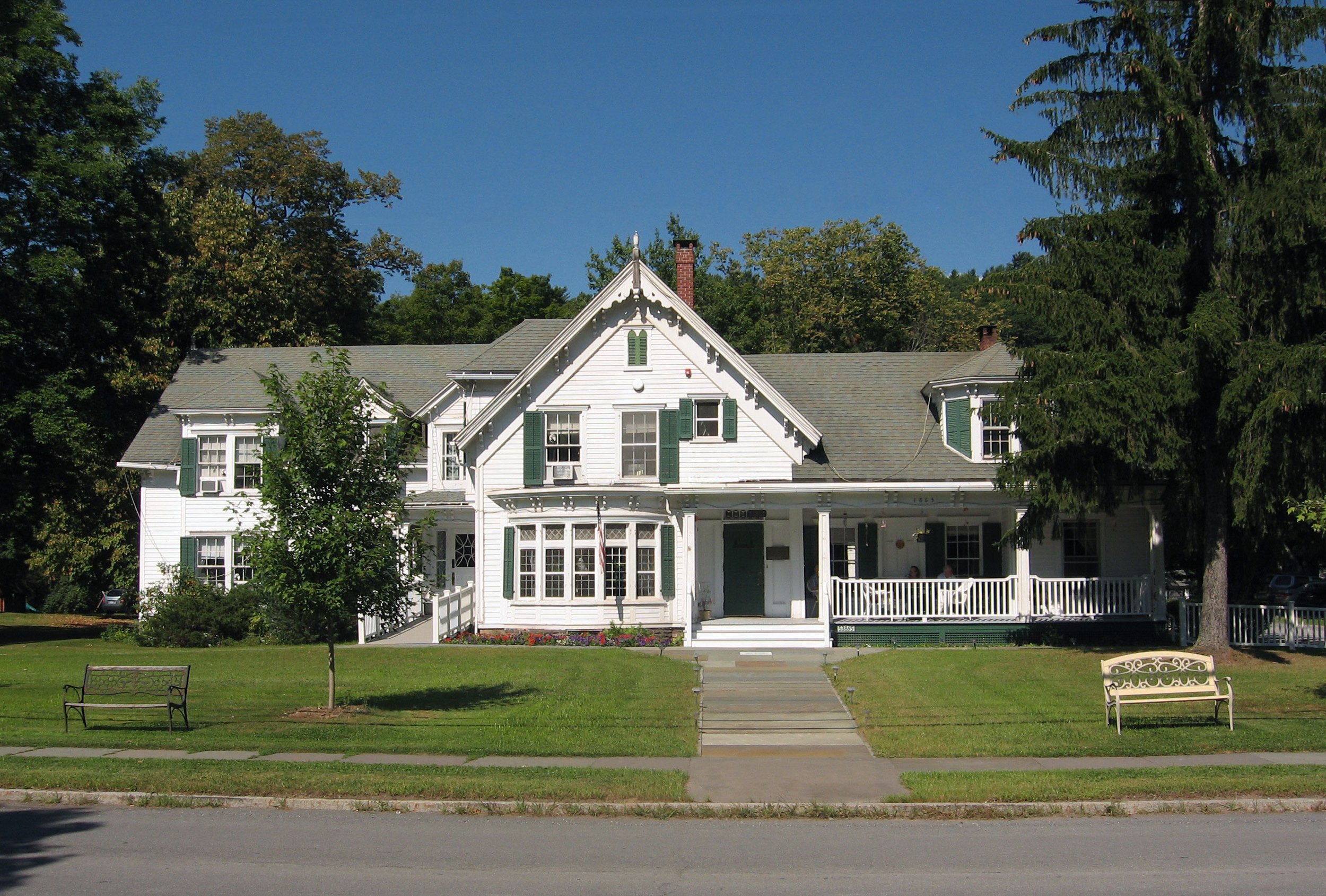
Kirkside
Main Street
This spacious Victorian home was originally the summer residence of Helen Gould Shepard, who expanded it from a modest seven-room farmhouse to the stately mansion that stands today. For many years the building served as a retirement home where senior citizens enjoyed the tranquility of Main Street and the adjoining Kirkside Park. Kirkside now serves as the future home of the Inn at Kirkside. The building will be a welcoming destination hotel and restaurant, a teaching facility, and a hospitality incubator providing key support for tourism industry in our region.
Roxbury Arts Center
5025 Vega Mountain Road
The Roxbury Arts Center is housed in a 1911 Greek Revival structure commissioned by Helen Gould Shepard to serve as a YMCA. This graceful structure is a cornerstone of the Hamlet-wide historic district. Listed on both the State and National registers, the interior contains the Walter Meade Art Gallery, the Hilt Kelly Hall, and offices.
The gallery hosts year-round exhibits featuring artists from the Catskill region and beyond. The Hilt Kelly Hall serves as a multi-use performance space. Individuals and community organizations can rent the facilities. The Hall is fully equipped with a curtained stage and state-of-the-art lighting and sound system. Workshop and meeting spaces are available on the second floor.
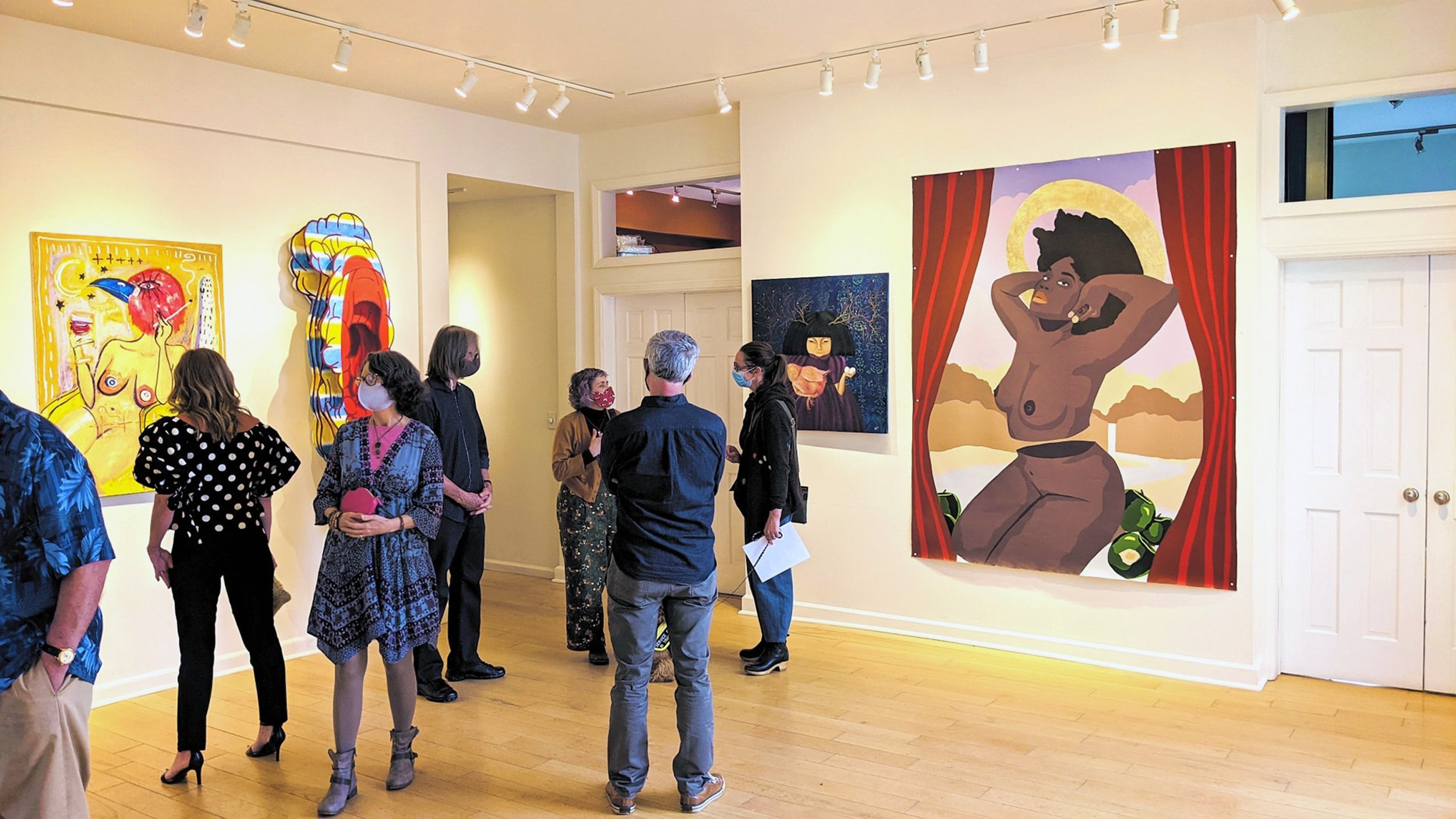
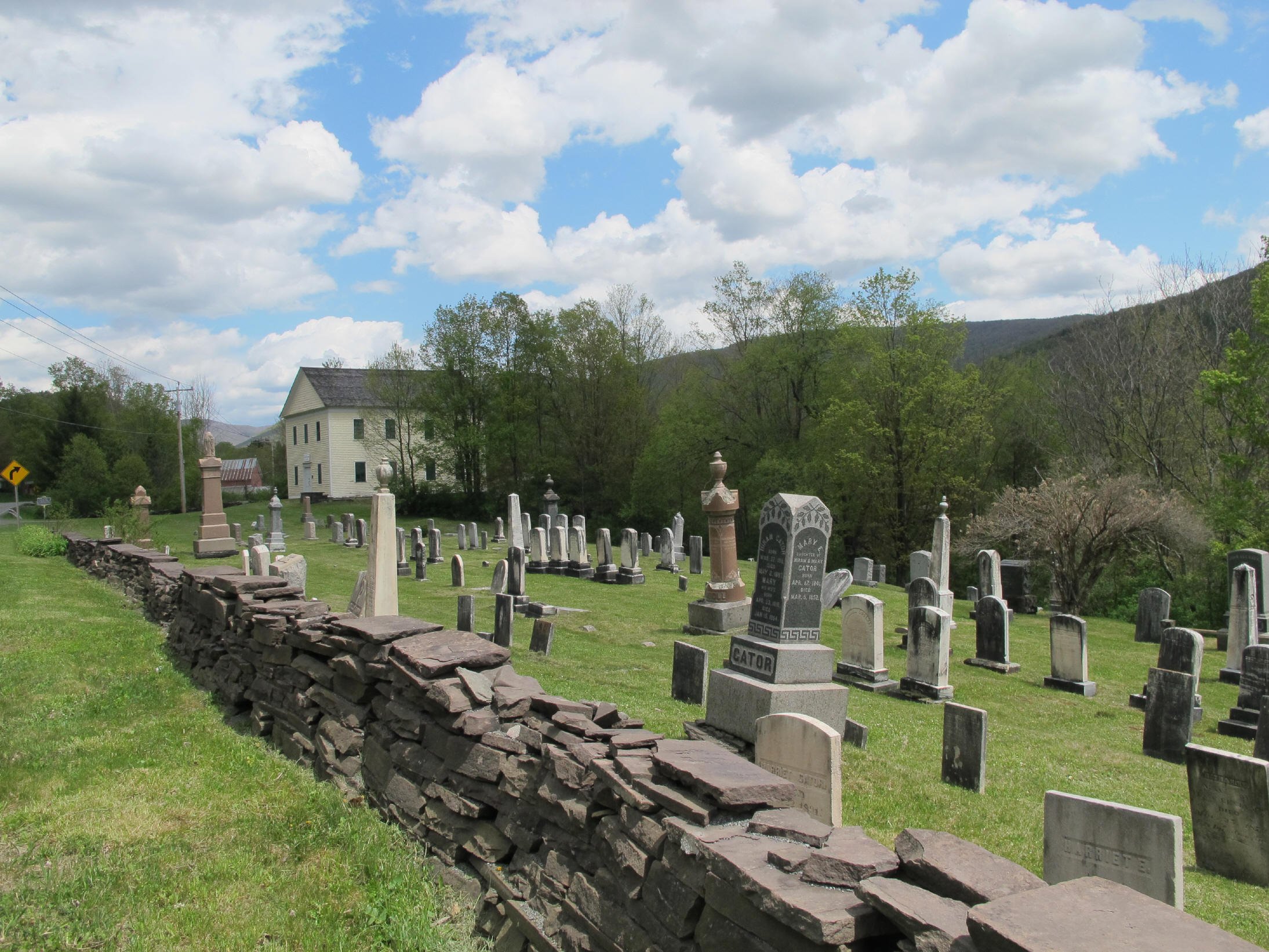
Second Old School Baptist Church
County Road 41, Roxbury
The Second Old School Baptist Church (the “Yellow Church”), the oldest church in Roxbury, was erected in 1833. It is a two-story, three-by-four-bay wood-frame building completed in 1833. The interior features a traditional meeting house plan. Also on the property is an outhouse, a three-step fieldstone carriage step, and a cemetery. A service is held annually in this landmark, which was listed on the State and National Registers in 1999.
Photo: Gary Boughton
Shephard Hills Golf Club
562 Shepard Hill Road, Roxbury
Shephard Hills was originally part of the estate of Helen Gould Shepard, daughter of railroad magnate Jay Gould, a Roxbury native son. She purchased the property which included Kirkside Lake, which supplied ice for the village and recreation for the community. Construction of the bucolic nine-hole golf course began around 1916. It served as a private estate golf course. The stone cottage served as a guesthouse for the Shepards’ summer visitors.
Upon the death of Helen’s husband Finley Shepard, it was deeded to their daughter Helen Anna and remained in the family until 1972 when it was sold to a private developer. The course was leased to the Shepard Hills Golf Association, a membership-driven organization open to the public.
The nine-hole course offers a challenging terrain with spectacular mountain views. The clubhouse, pro shop, and tavern are located in the estate’s stone guesthouse. A seasonal restaurant offers evening meals and is available for private gatherings.
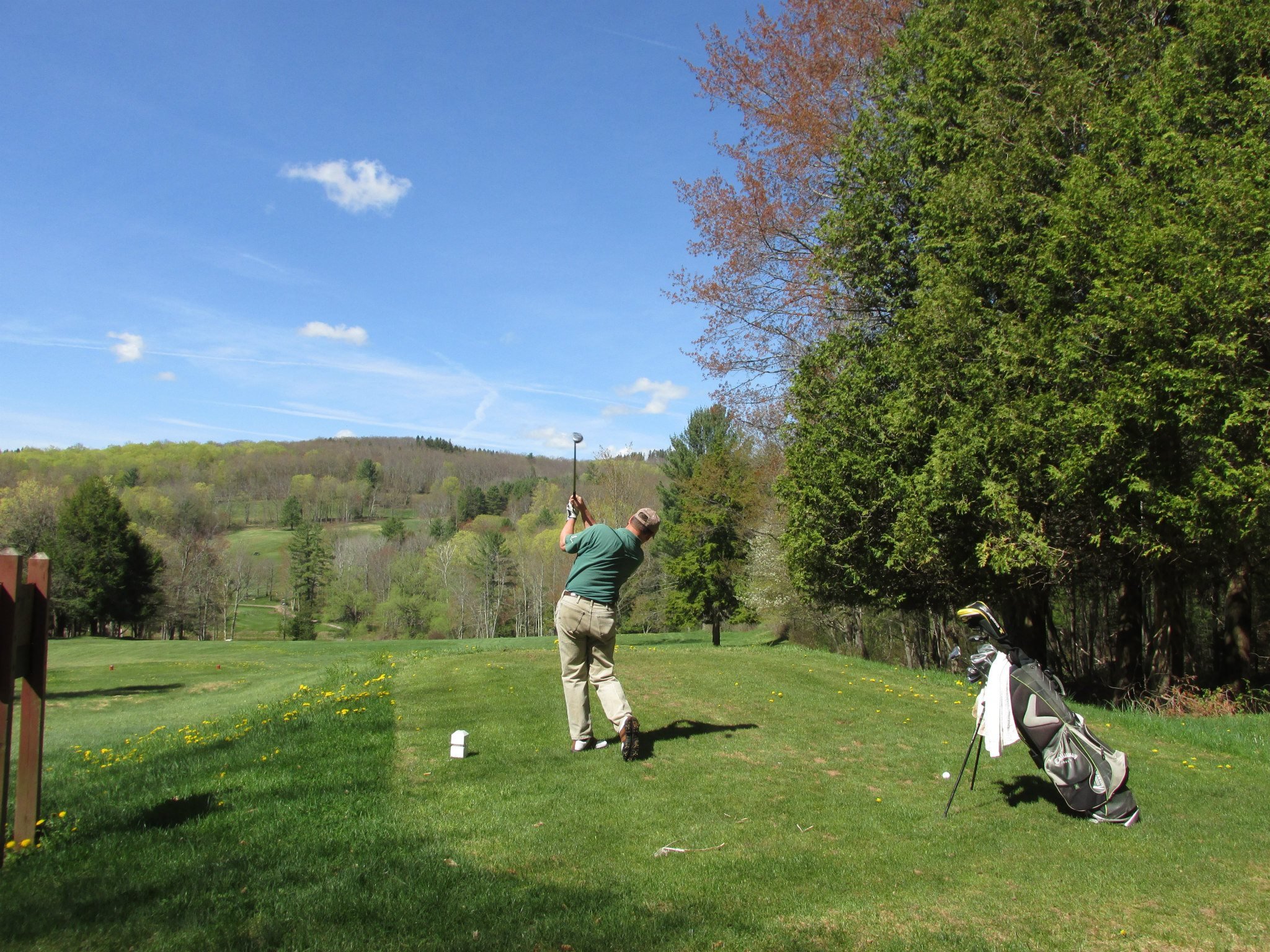
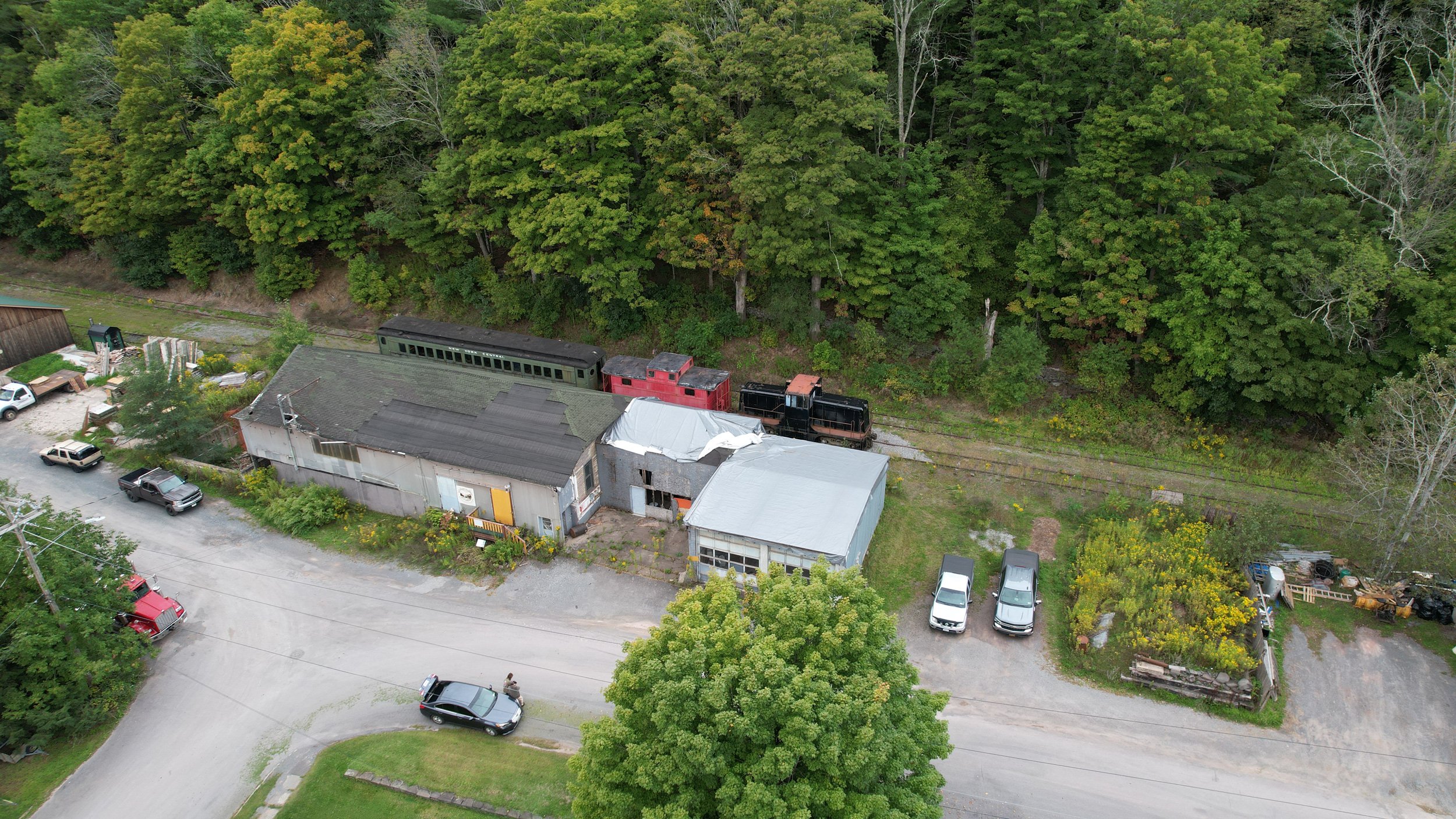
Ulster & Delaware Railroad Depot
Depot Street, Roxbury
The Rondout & Oswego Railroad began building out near Kingston in 1869, promoted by Thomas Cornell, who sought additional traffic sources for his steam towboat service on the Hudson River. Reorganized in 1872 as the New York, Kingston & Syracuse, passenger trains reached Roxbury and Moresville (Grand Gorge). During the early 1890’s, the U&D embarked on improvements to the earlier depots constructed during the Rondout & Oswego and New York, Kingston & Syracuse eras.
Roxbury Depot received many sophisticated upgrades. A waiting room and office for the agent and telegrapher was added, along with indoor plumbing and stained-glass windows. It’s speculated that Helen Gould Shepard funded improvements. Few changes were made between 1900 and the 1950’s. After the end of passenger train service in 1954, the station agent remained on duty until 1957. In 1959, Dick Lutz took over the building for his feed business, served by freight trains. With the advent of Conrail in 1976, the Catskill Mountain line became superfluous and service to Roxbury ended.
The Ulster & Delaware Historic Assets Conservancy Trust purchased the depot in 2000 and leased it to the Ulster & Delaware Railroad Historical Society. The Delaware & Ulster Railroad (DURR), based in nearby Arkville, is now operated by the Catskill Revitalization Corporation. They run popular tourist train excursions from Arkville to Roxbury along the East Branch of the Delaware River in the summer and fall, with special events several times a year. Trains can be booked for private parties. Tourism services are on hiatus as DURR performs urgent repairs so they can resume services in 2023, after which time the Roxbury Depot and museum may be reopened for visitors.
Walter Stratton House
This 1828 stone residence is owned by the Manhattan Country School Farm on New Kingston Mountain Road. Built by Walter Stratton, it is one of six stone houses in Roxbury. It was listed on the National and New York State Registers of Historic Places in 2002. Little changed from the early 20th century, the school maintains the historic building to serve as a site for programs and accommodations.

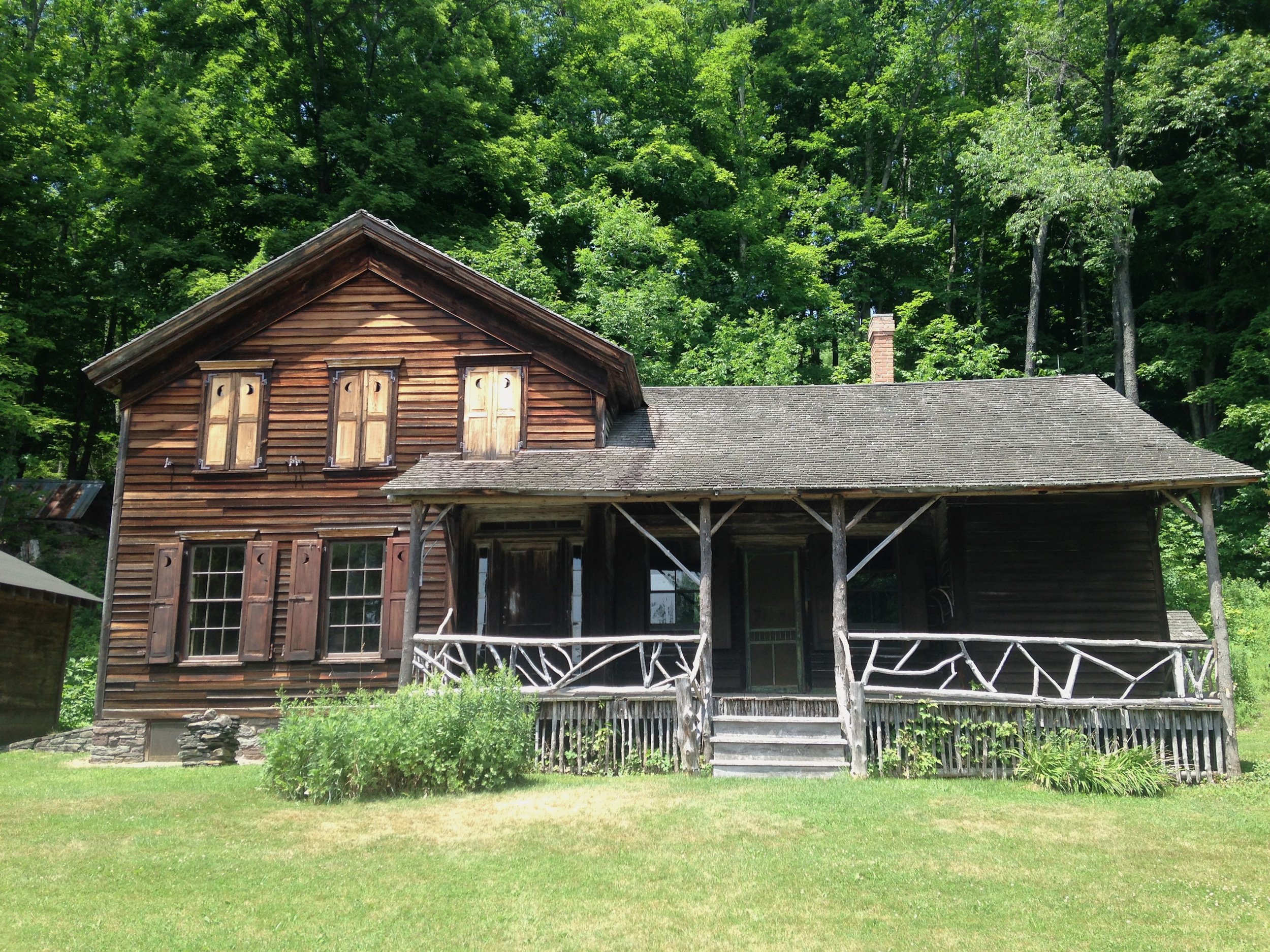
Woodchuck Lodge and Burroughs Memorial Field
1633 Burroughs Memorial Road, Roxbury (off Hardscrabble Road)
Woodchuck Lodge, a registered National Historic Landmark, was the summer home of John Burroughs (1837-1921), America’s best-known naturalist-essayist. Tour and programming schedules are available on the organization’s website.
Burroughs was born in Roxbury. He attended one-room schools with siblings and neighbors like Jay Gould before the two classmates took opposite paths in life. Burroughs became a prominent nature essayist and Gould a railroad tycoon and financier.
Burroughs drew on his youthful experiences to write about the natural world. Academic conferences are devoted to his writings, which were required reading in schools across the nation.
In his later years, Burroughs summered at Woodchuck Lodge, spending many hours observing plants, animals, weather, and passersby. In 1910 he wrote: “These hills fathered and mothered me. I am blood of their blood and bone of their bone, and why should I not go back to them in my last years?” His visitors came from far and wide. He counted among his friends such luminaries as poet Walt Whitman, President Theodore Roosevelt, and industrialists Henry Ford, Thomas Edison, and Harvey Firestone.
Burroughs was buried near his favorite “Boyhood Rock” near the Lodge, now the NYS-owned and managed Burroughs Memorial Field State Historic Site.
Literary naturalist John Burroughs and friends enjoy a picnic in the Beechwoods near Woodchuck Lodge
Jay Gould
Jay Gould’s name appears several times in the above entries, and for good reason. Roxbury’s native son was born on a farmstead on West Settlement in 1836 to John Burr Gould and Mary More. An enterprising young man whose interests were drawn away from farming and towards business as a financial speculator and railroad magnate, Jay Gould gained notoriety as one of 19thCentury America’s “robber barons” during the Gilded Age. As such, his controversial business practices made him one of the nation's wealthiest men.
Gould is the subject of numerous books, articles, and academic studies. He himself published histories, including History of Delaware County, and Border Wars of New York. In the 1850s he commissioned what are now highly coveted large format maps of New York’s Delaware County. Upon his death from tuberculosis in 1892, he was buried at Woodlawn Cemetery in The Bronx, but his ancestors’ impressive granite mausoleum can be seen in the cemetery at the northern end of Roxbury hamlet. To this day, several of Jay Gould’s descendants remain in our region.
To learn more, refer to Jay Gould’s Wikipedia entry.
